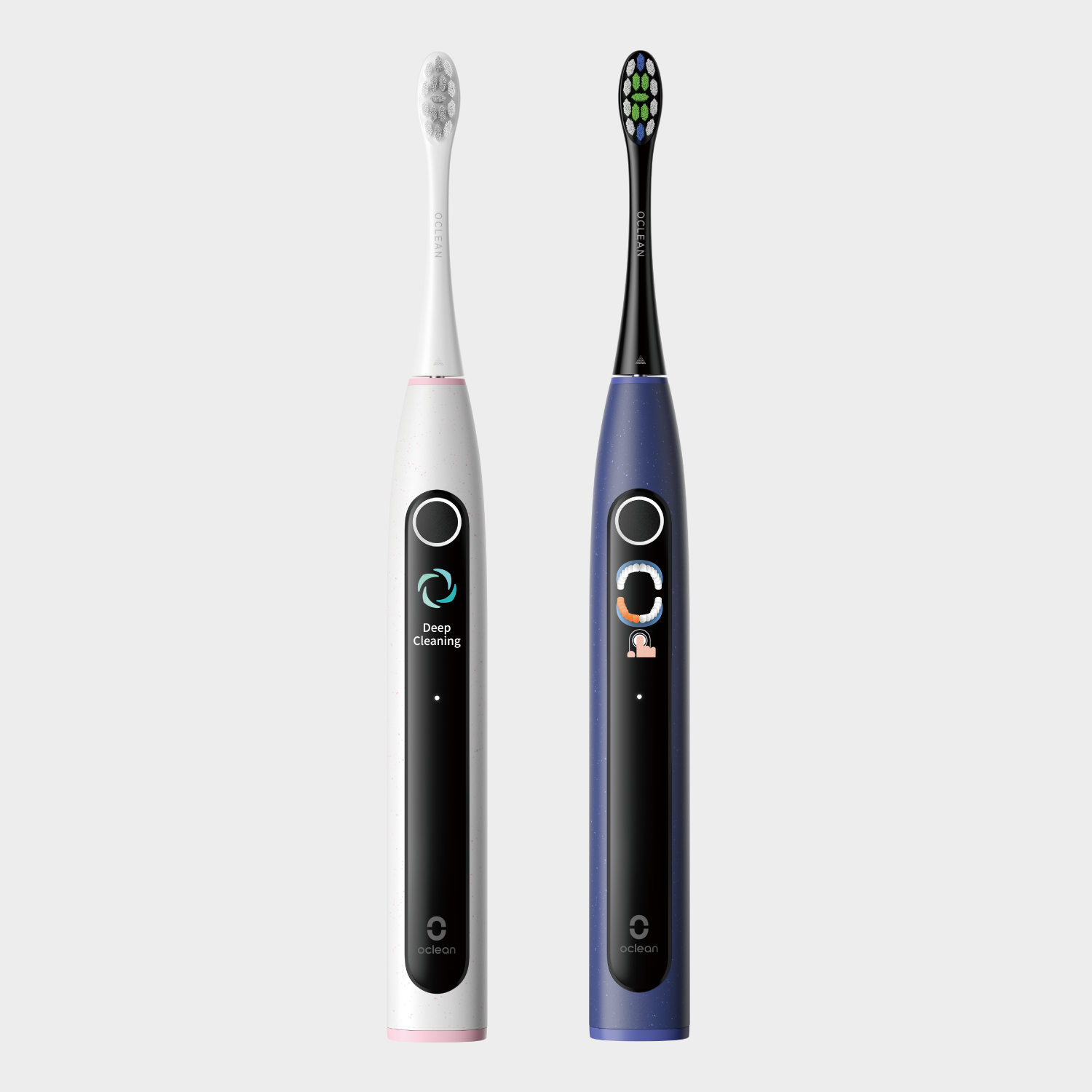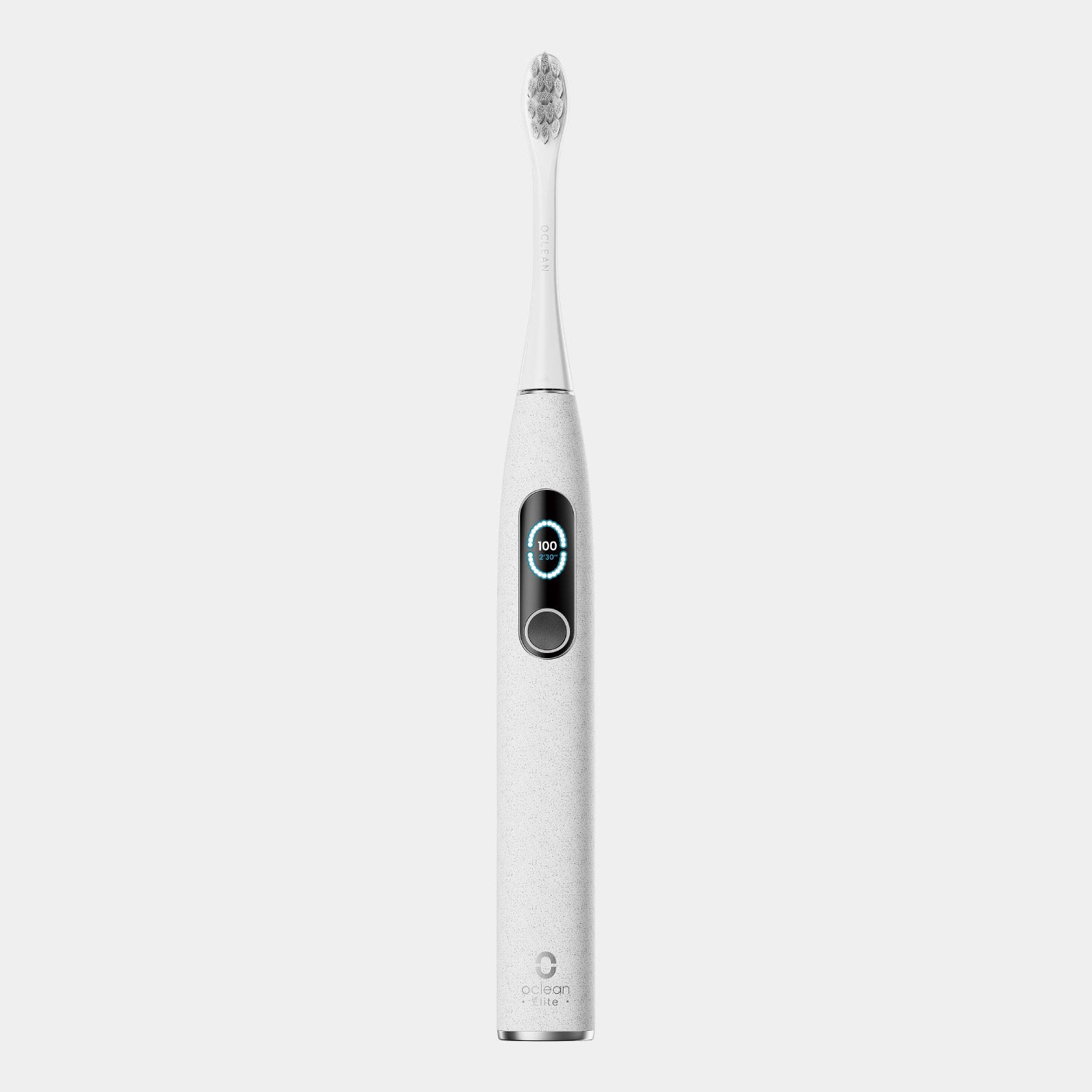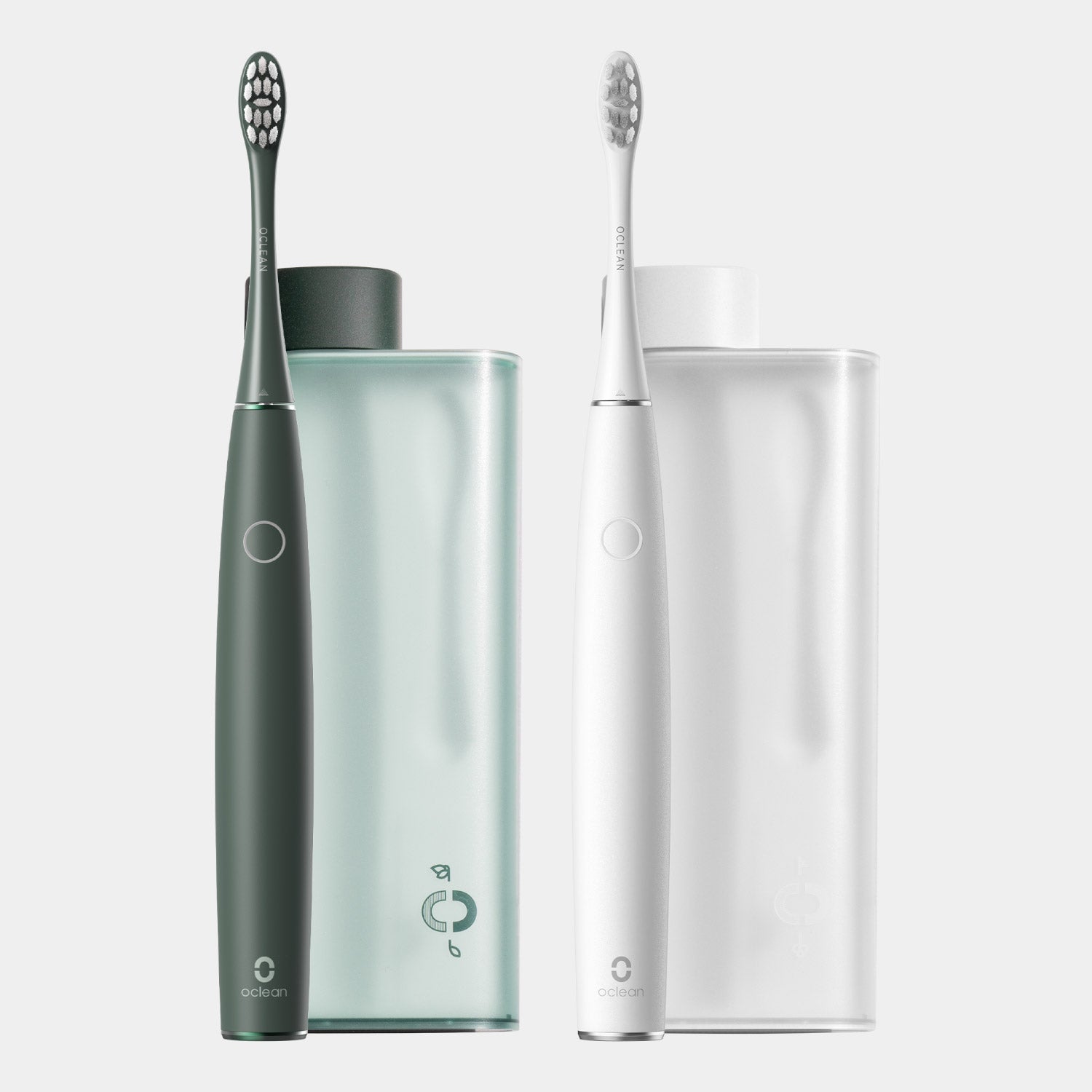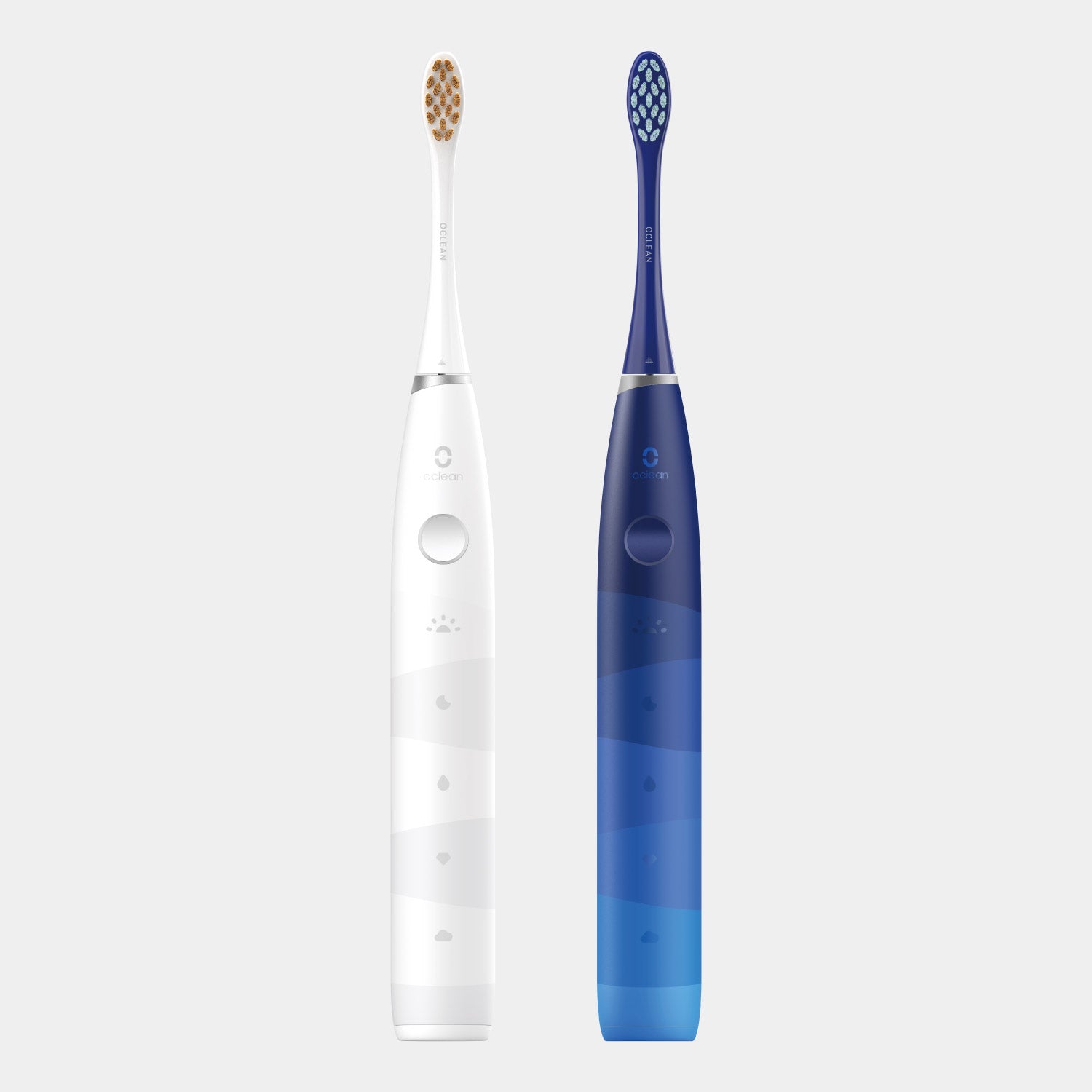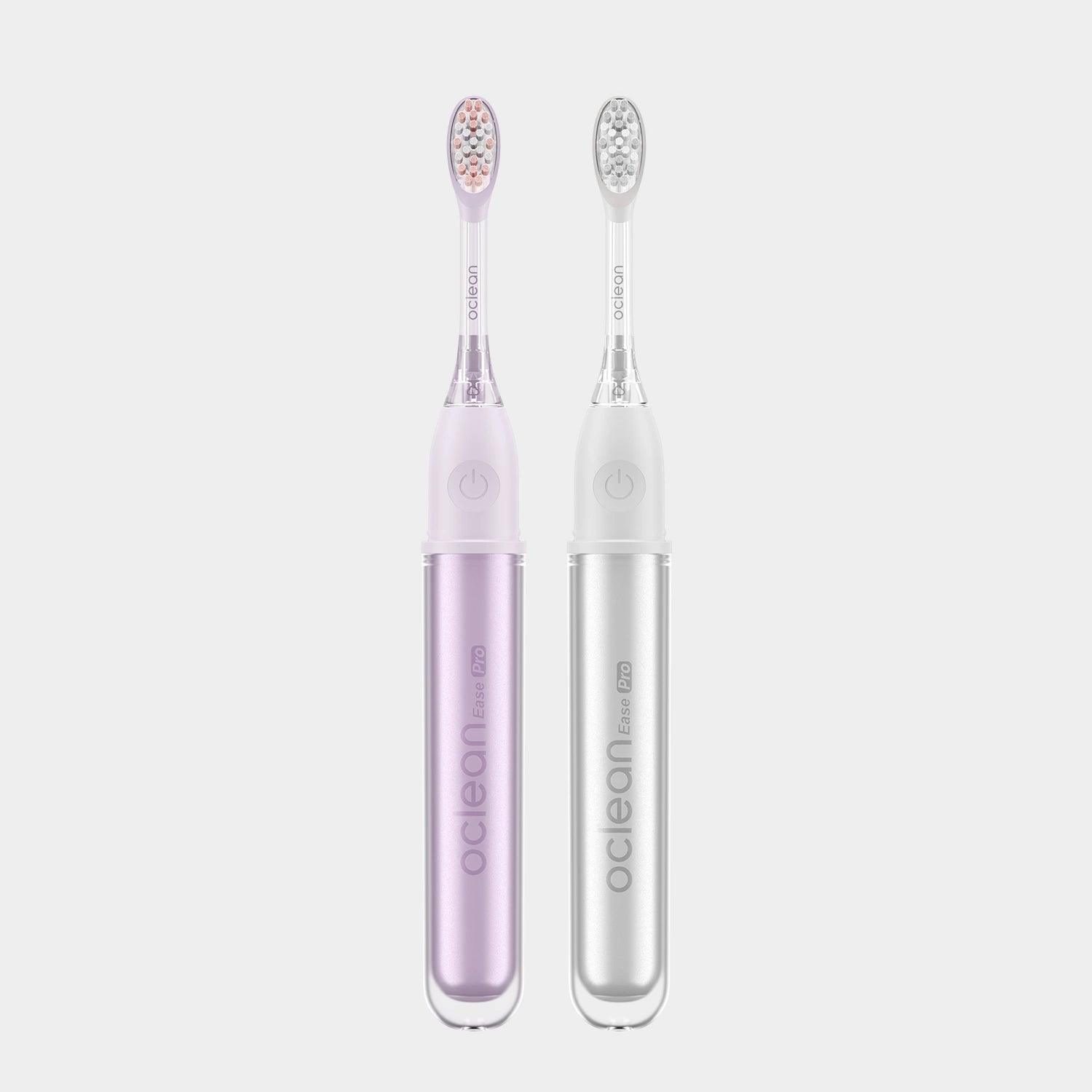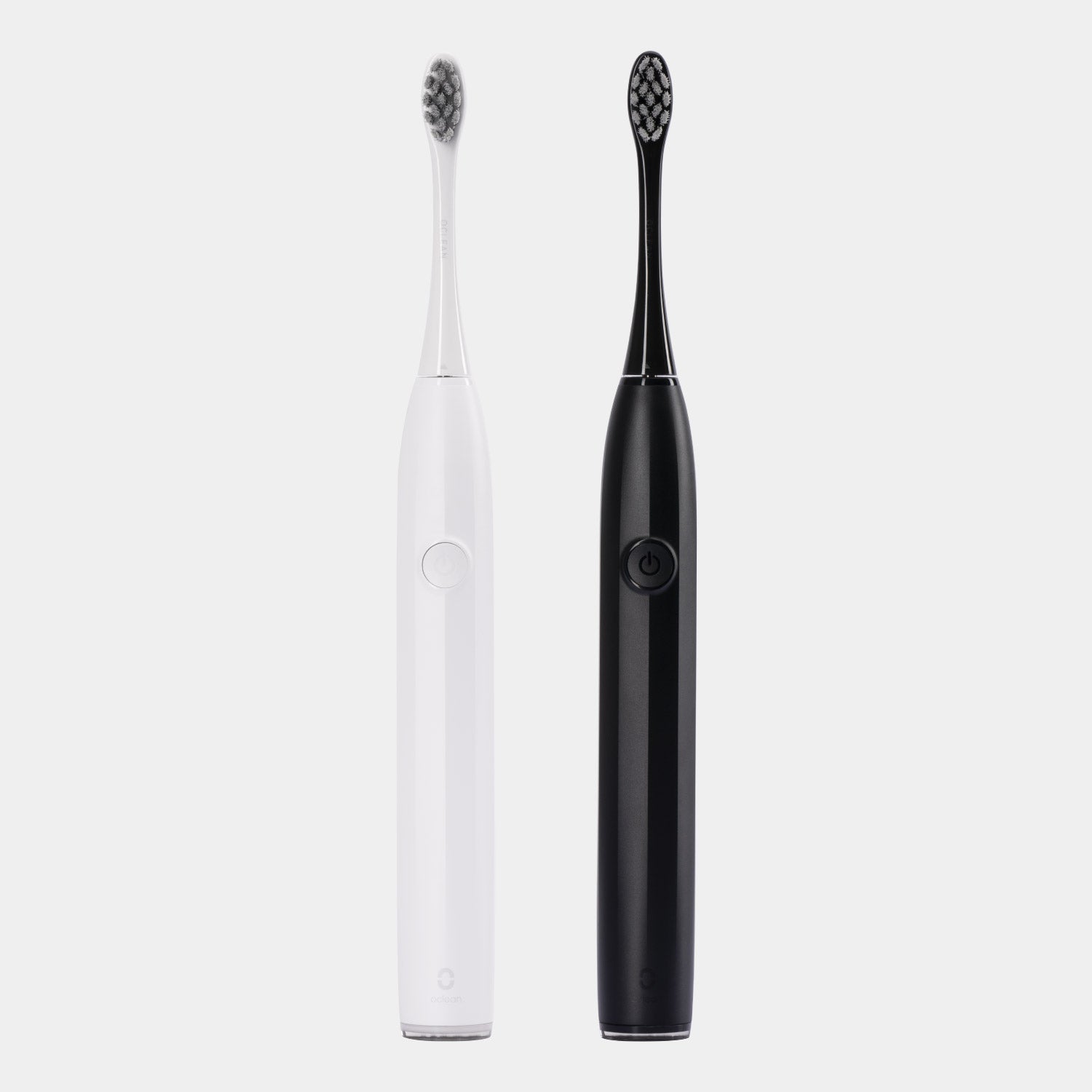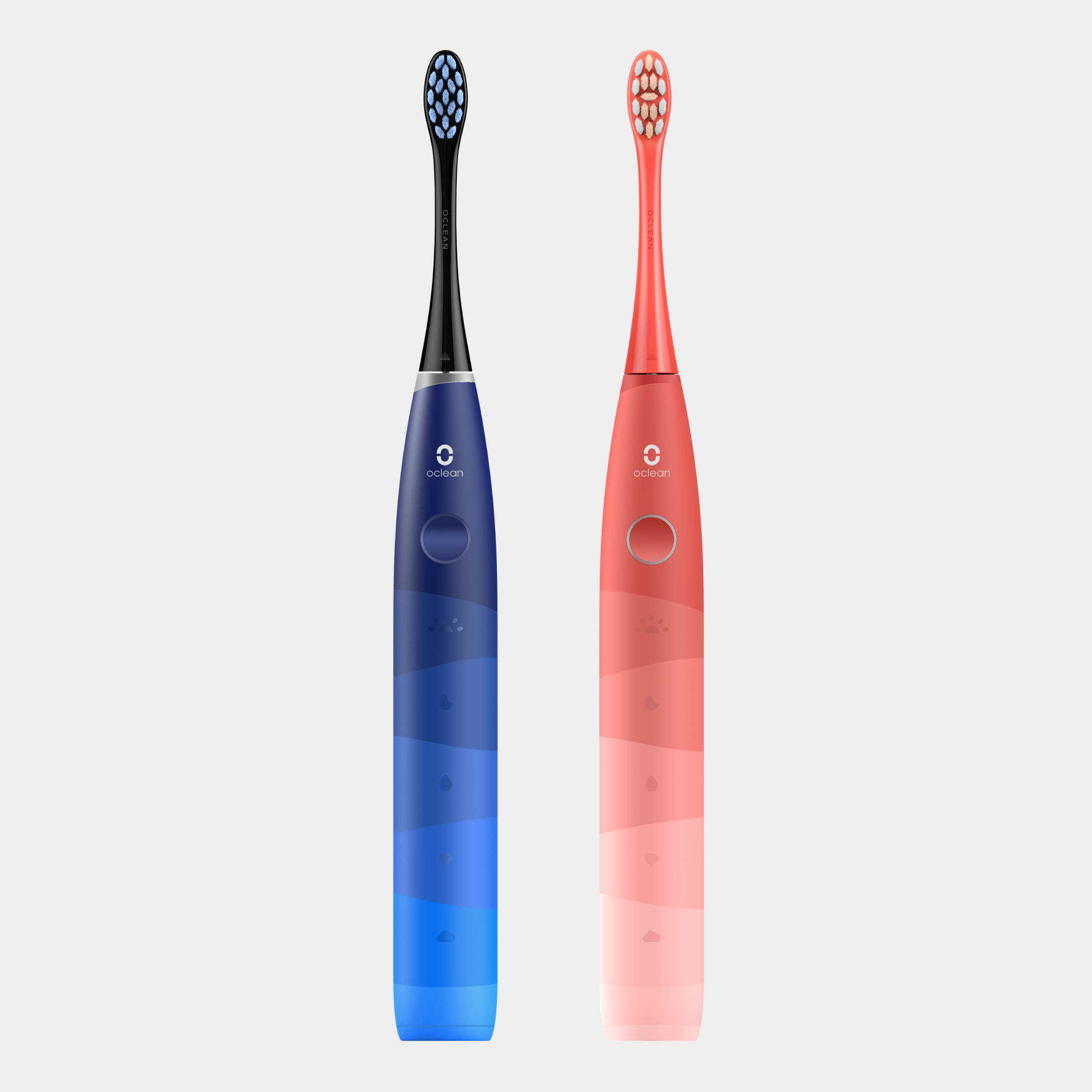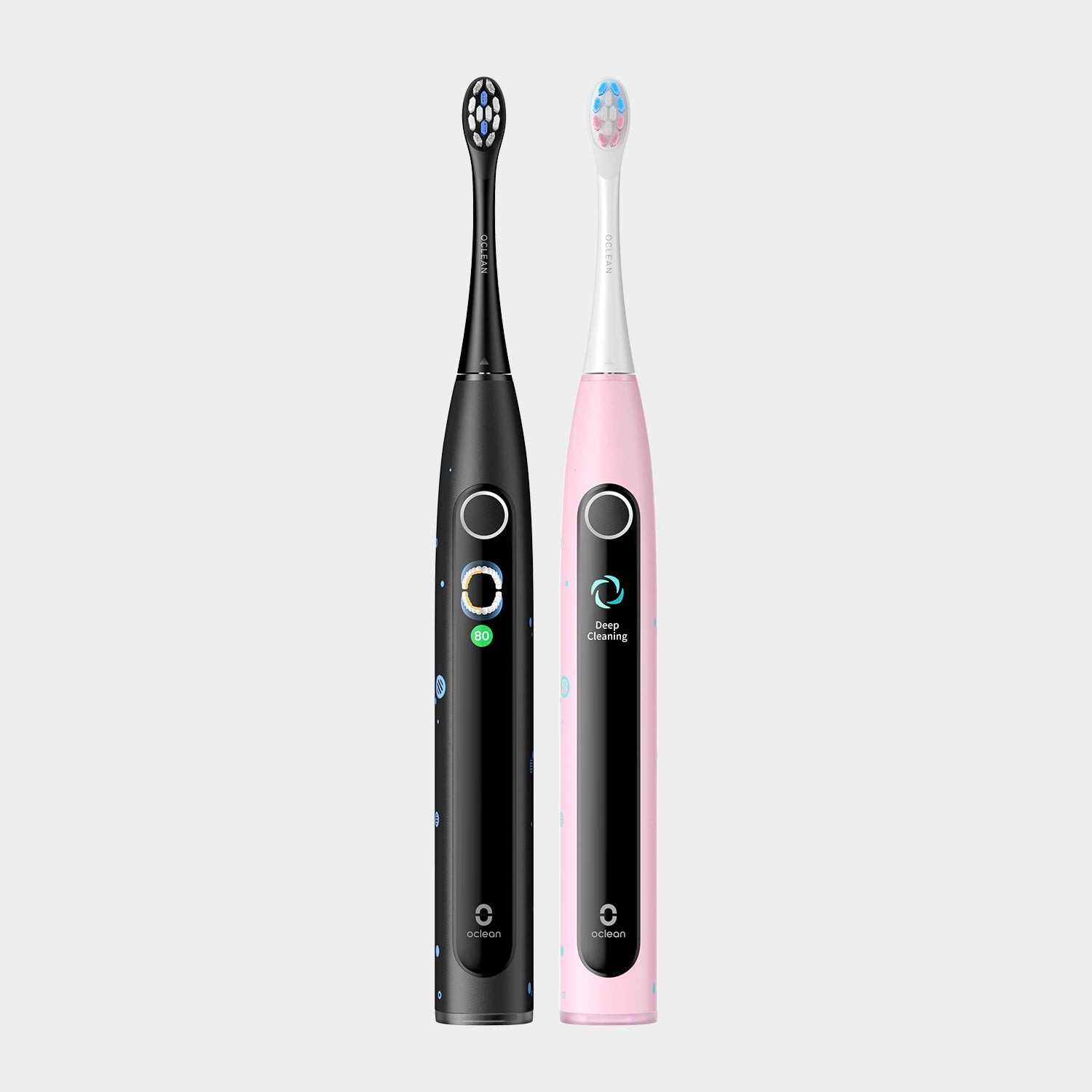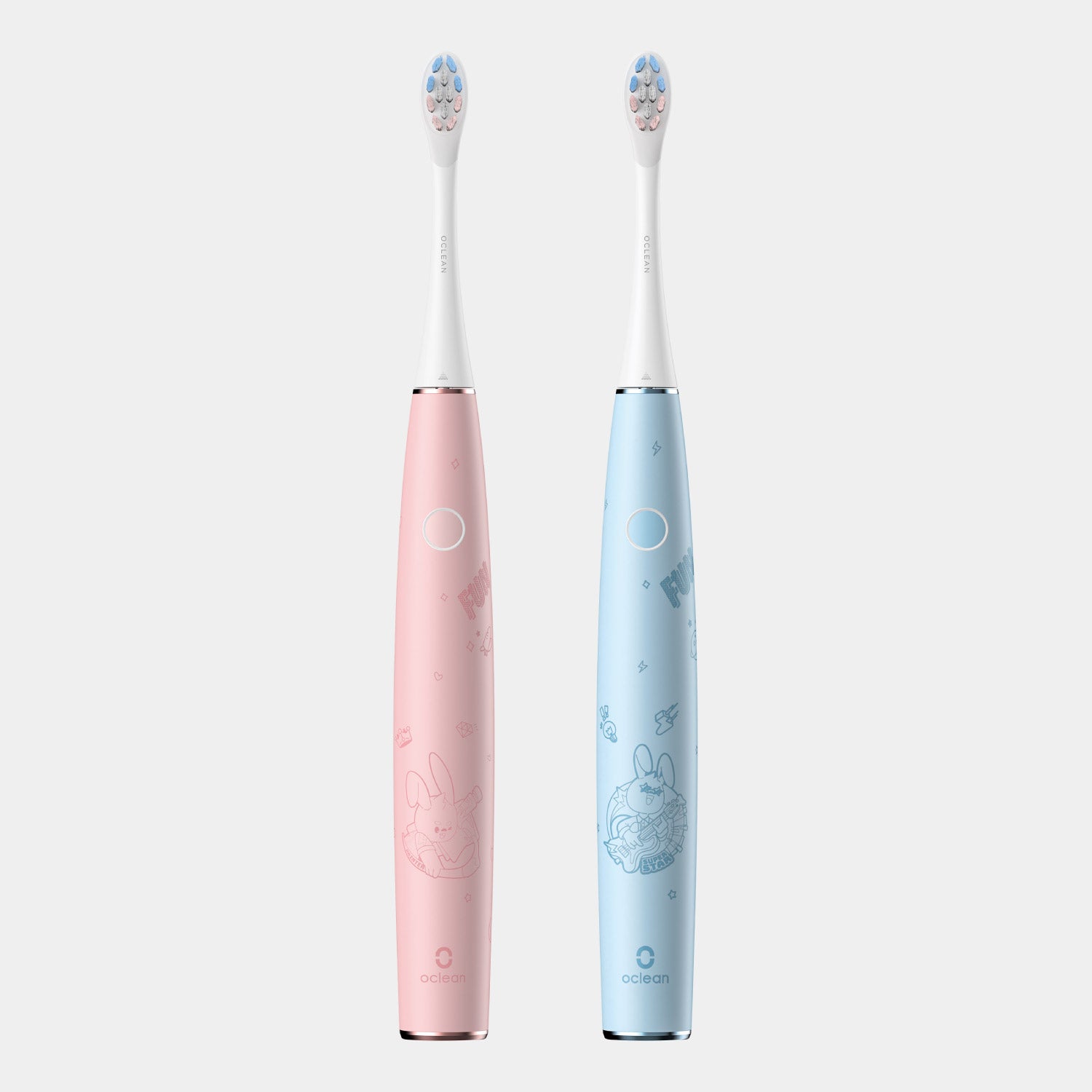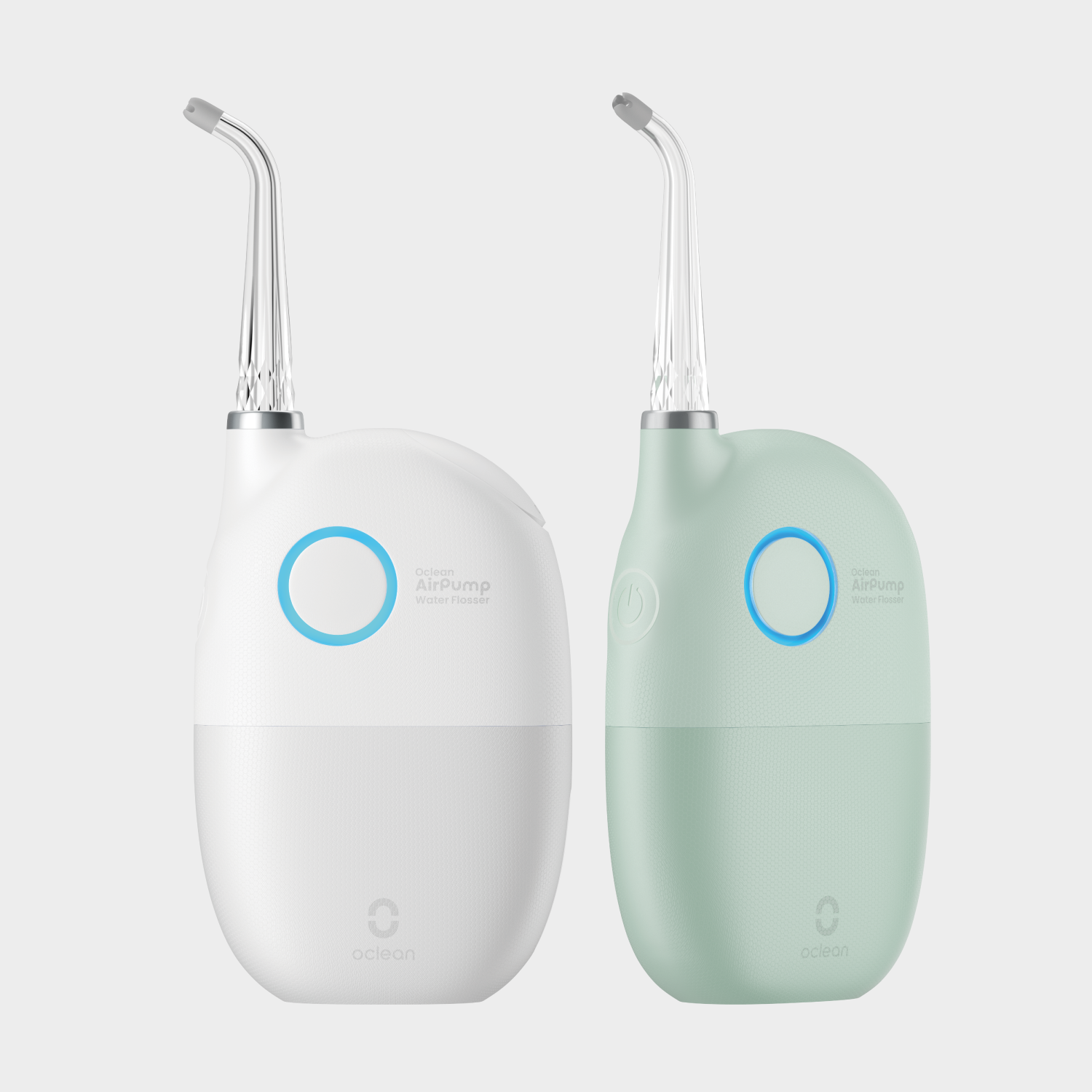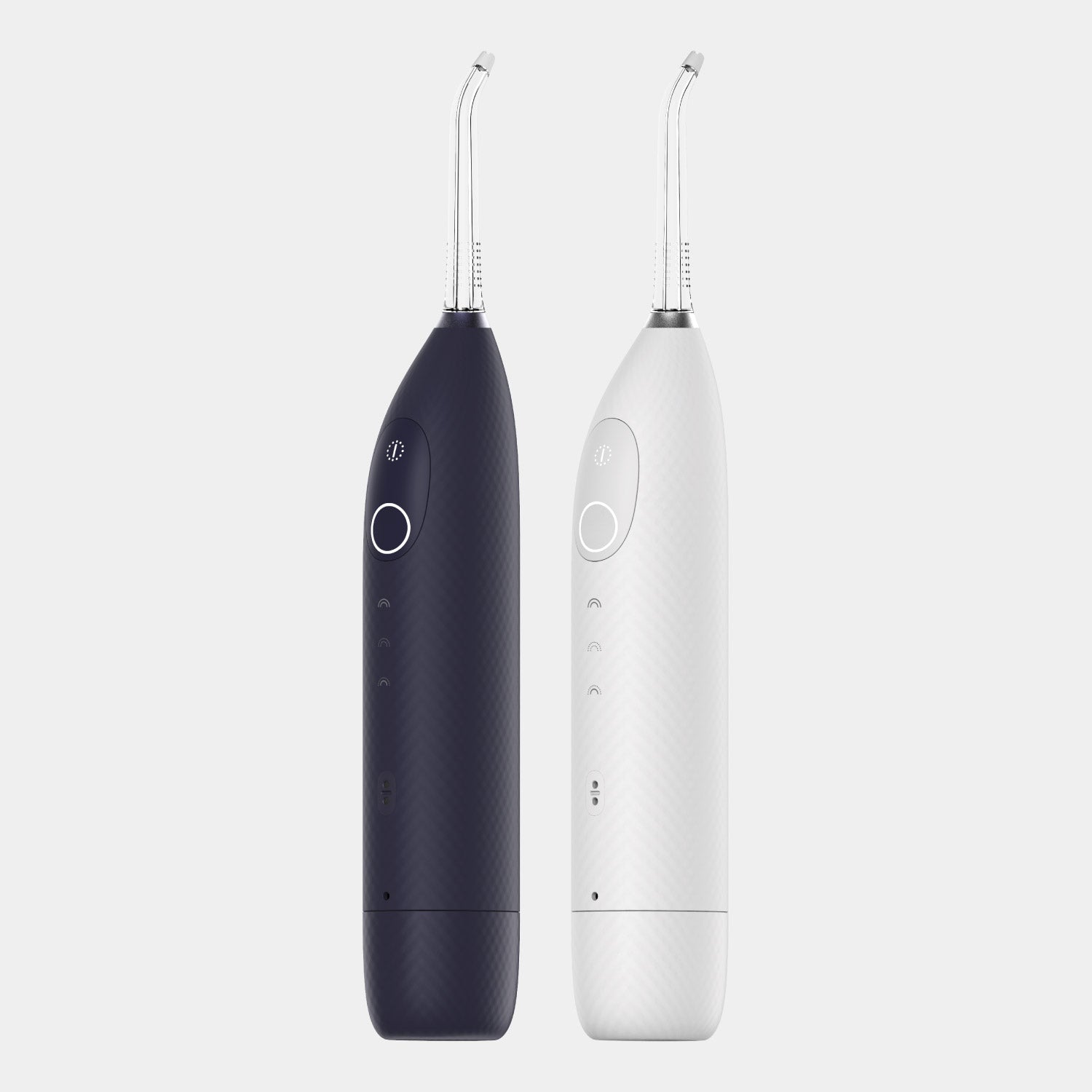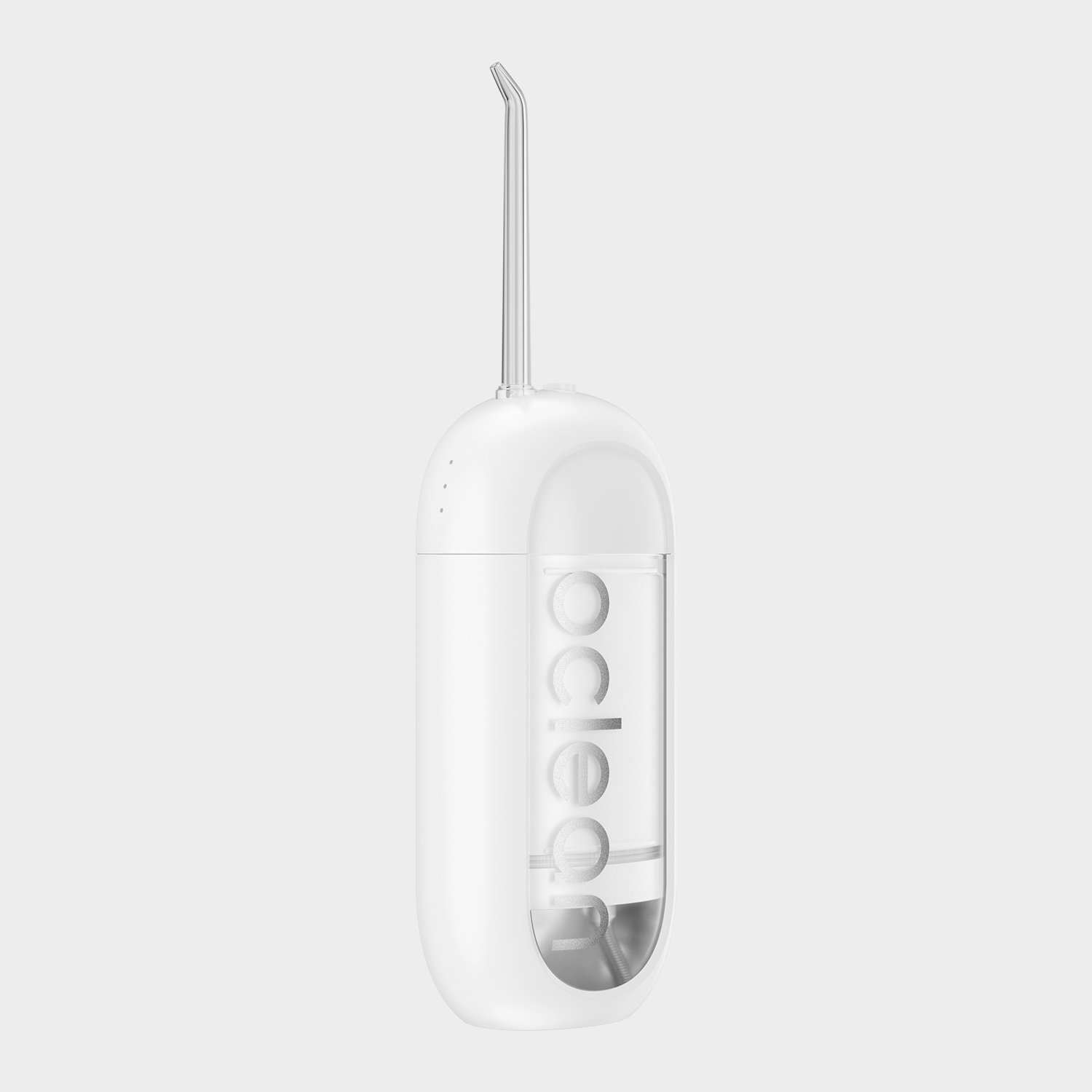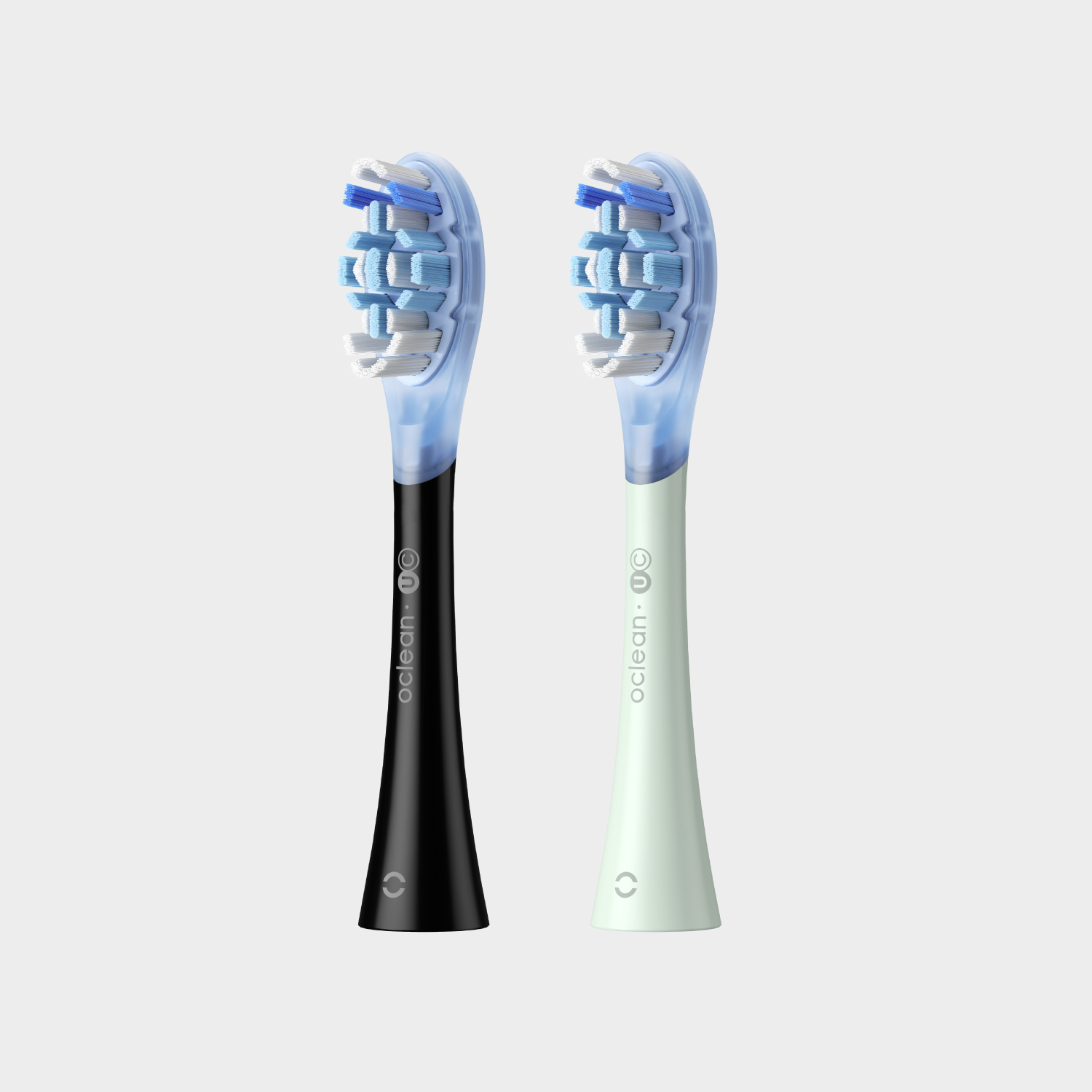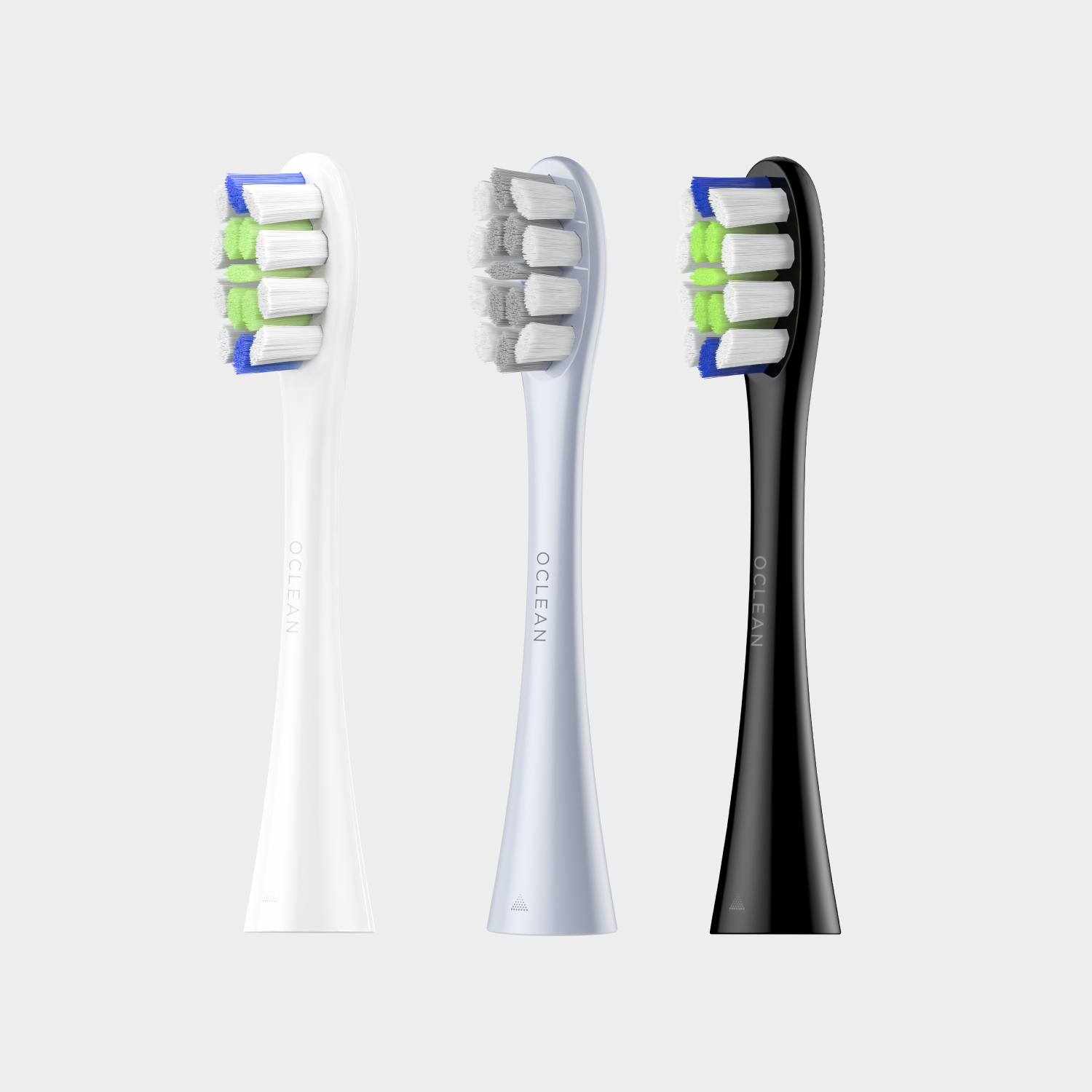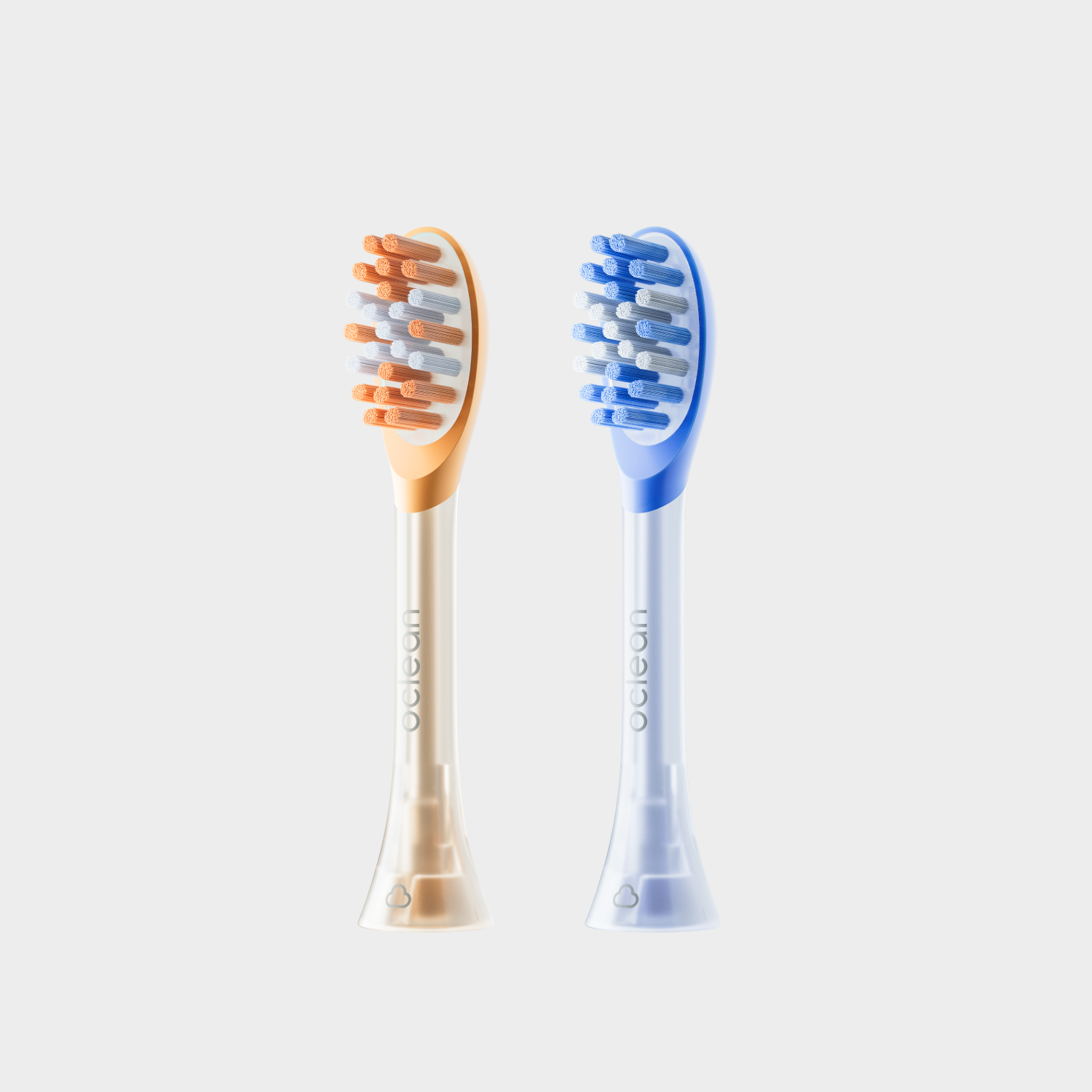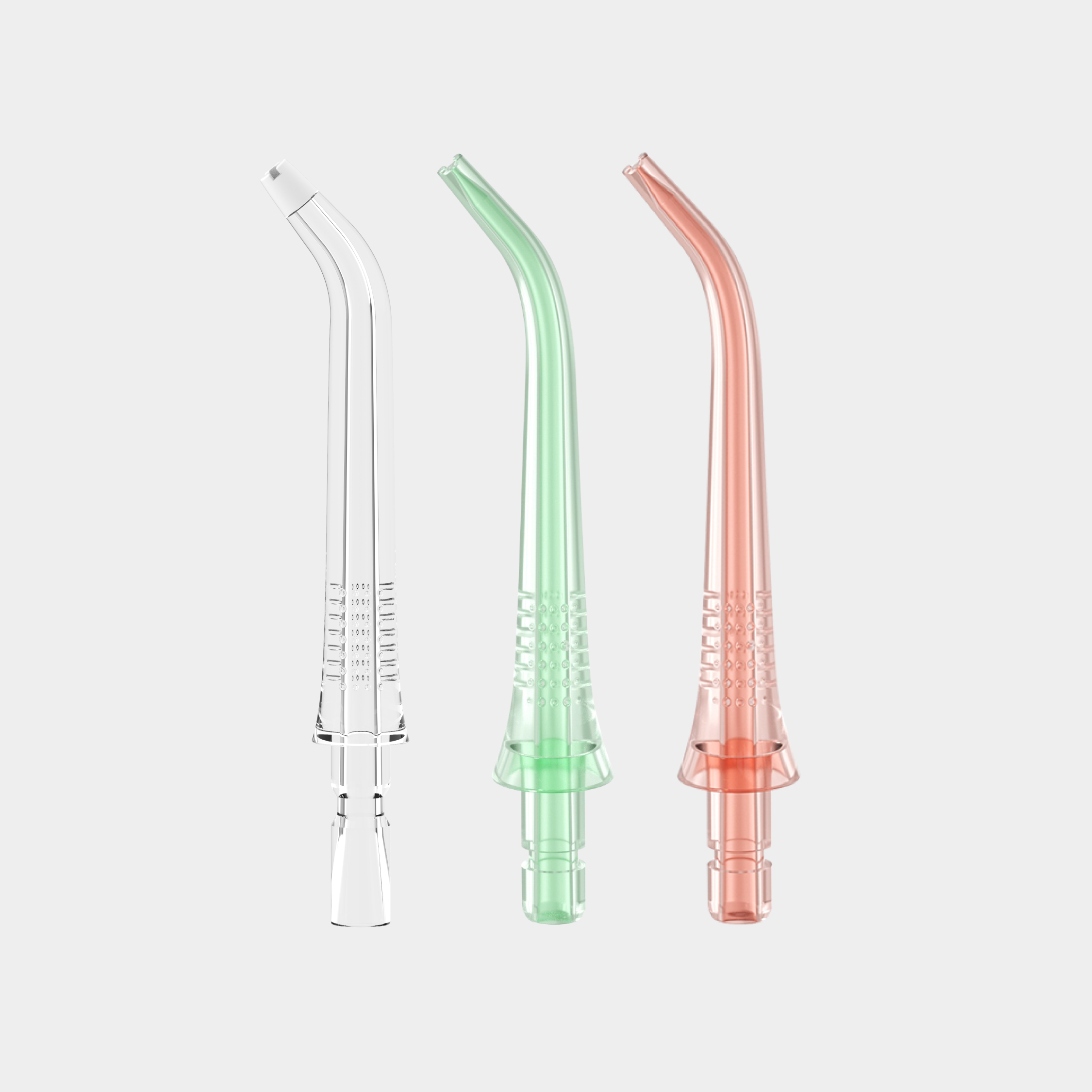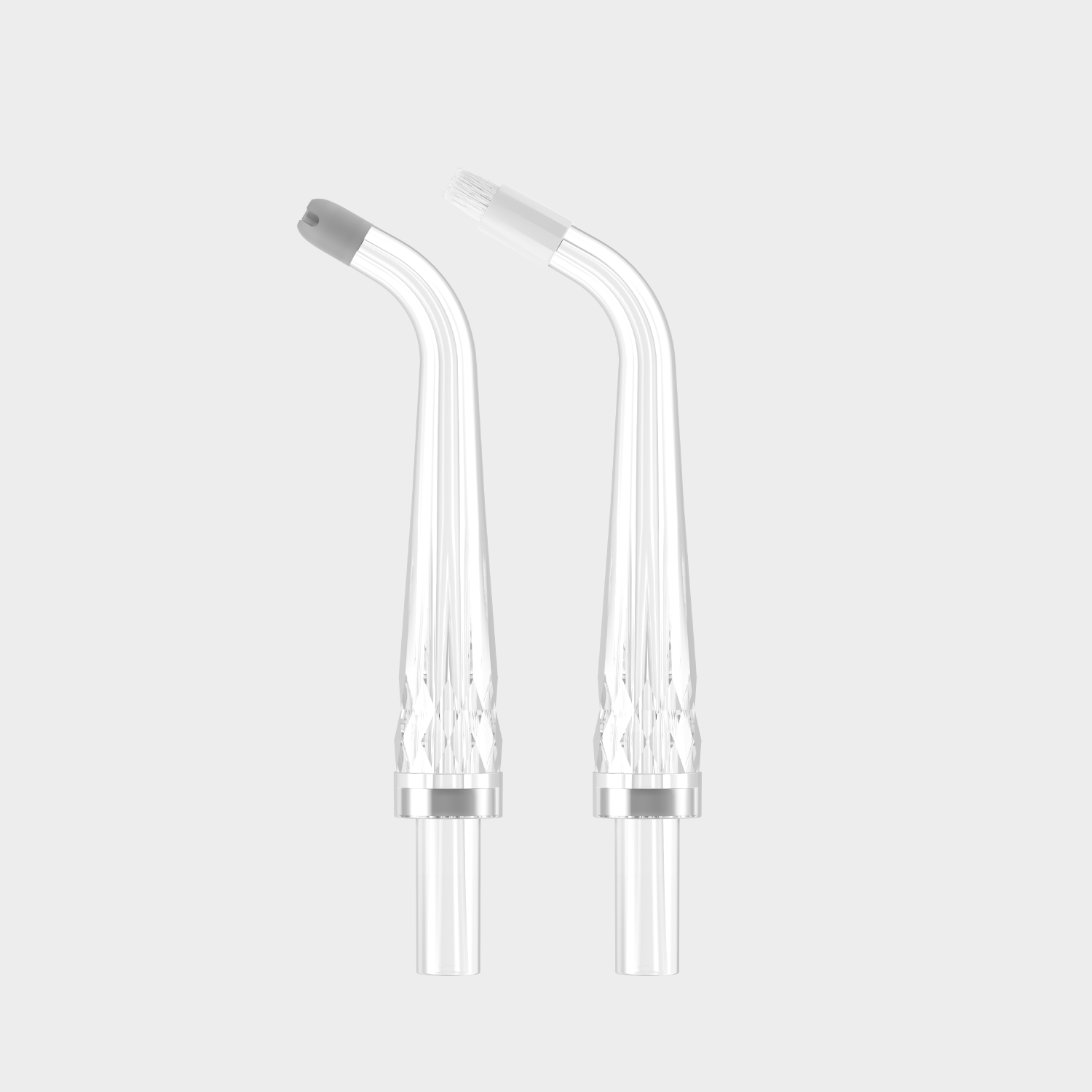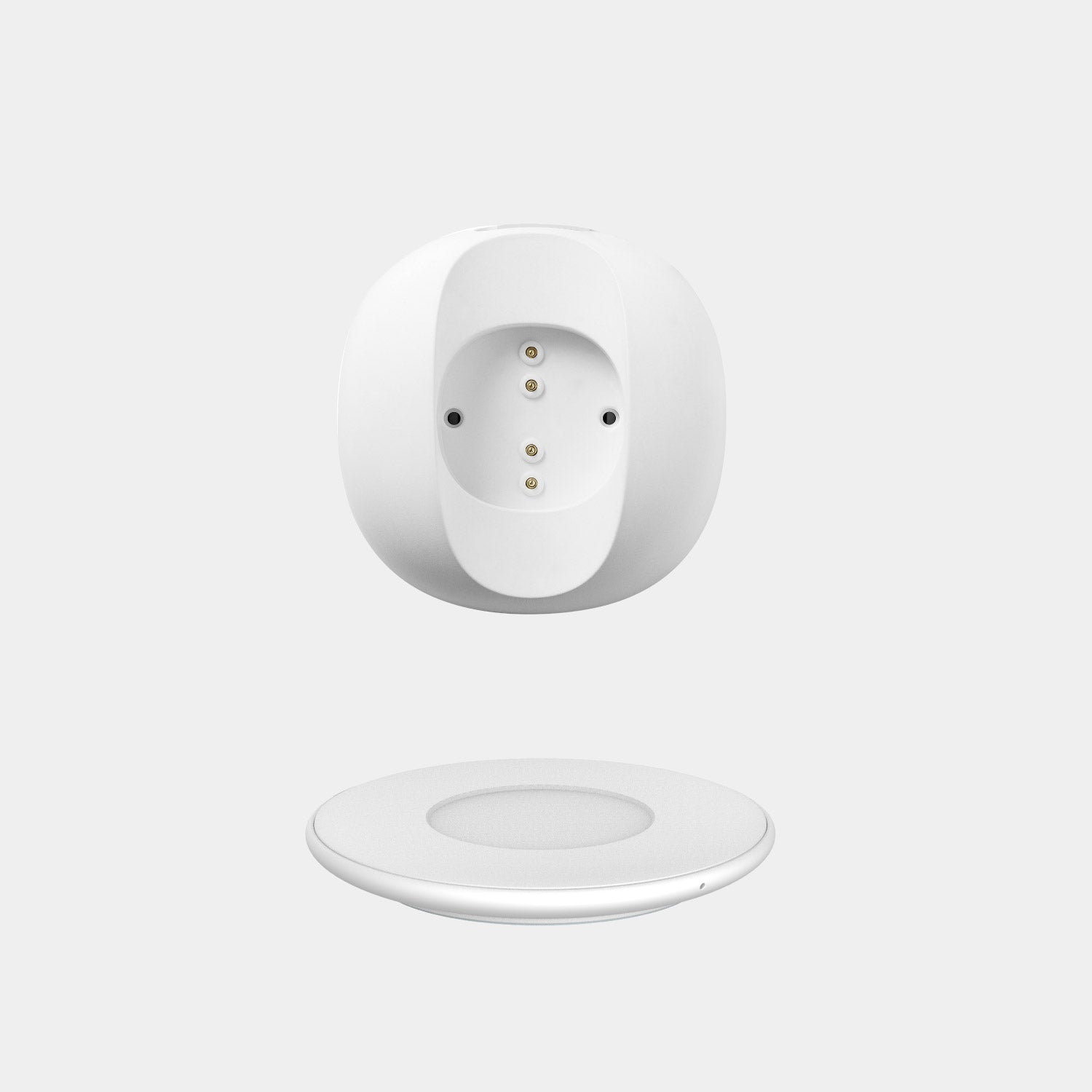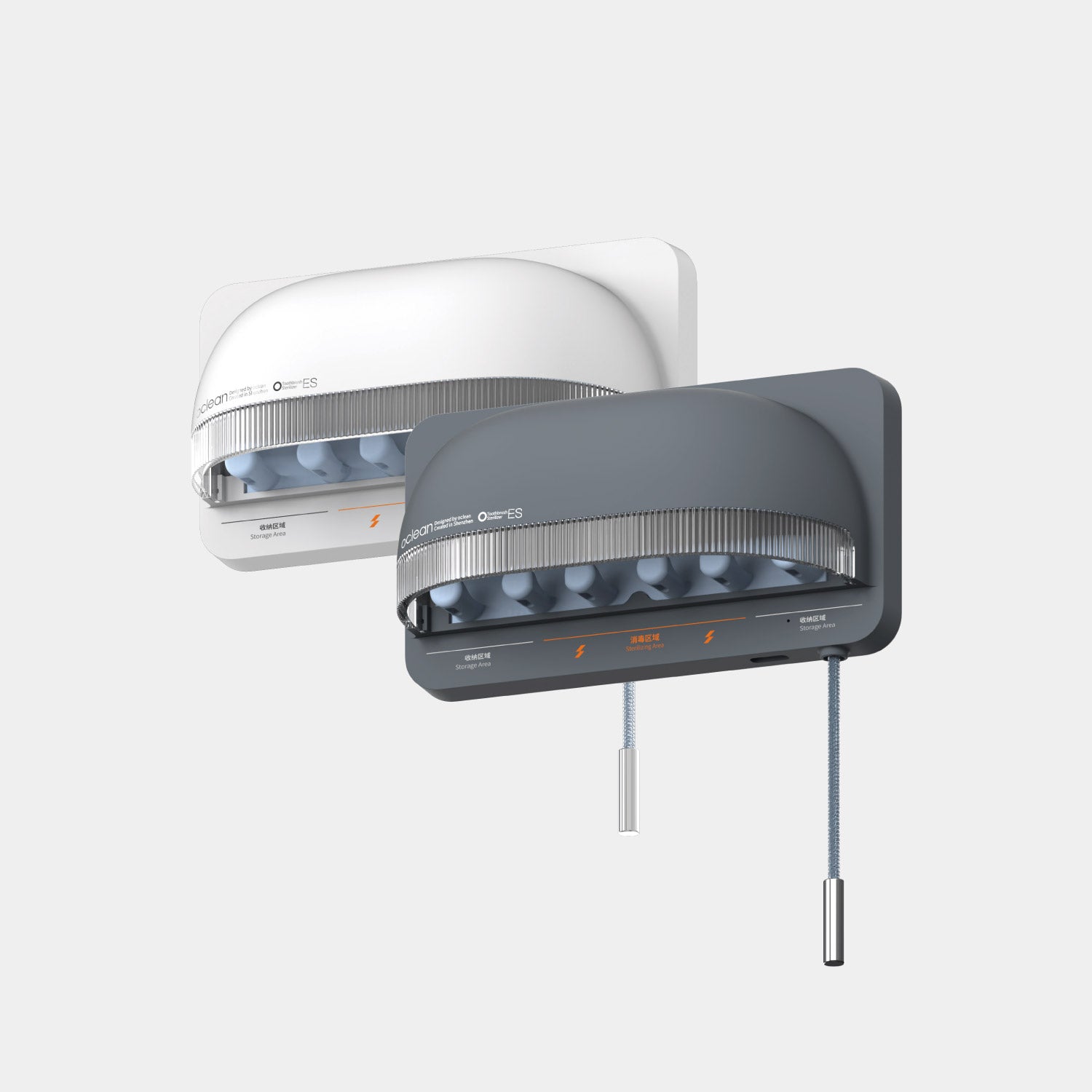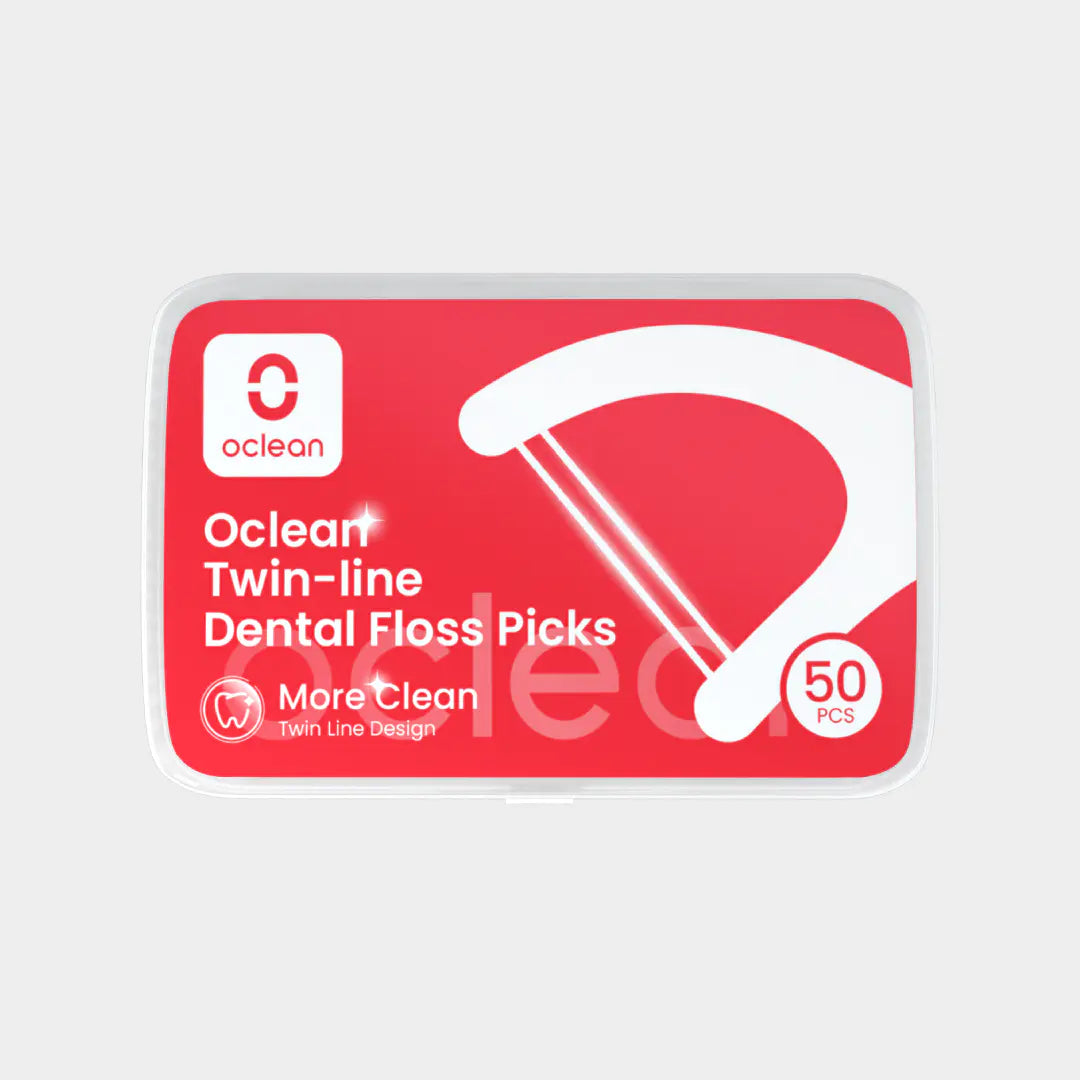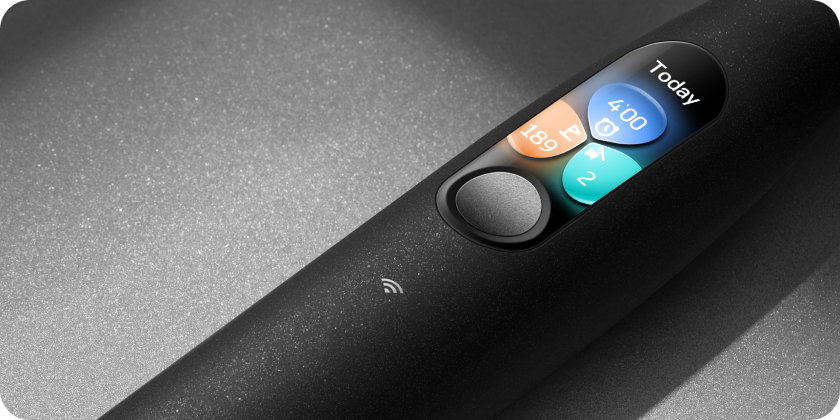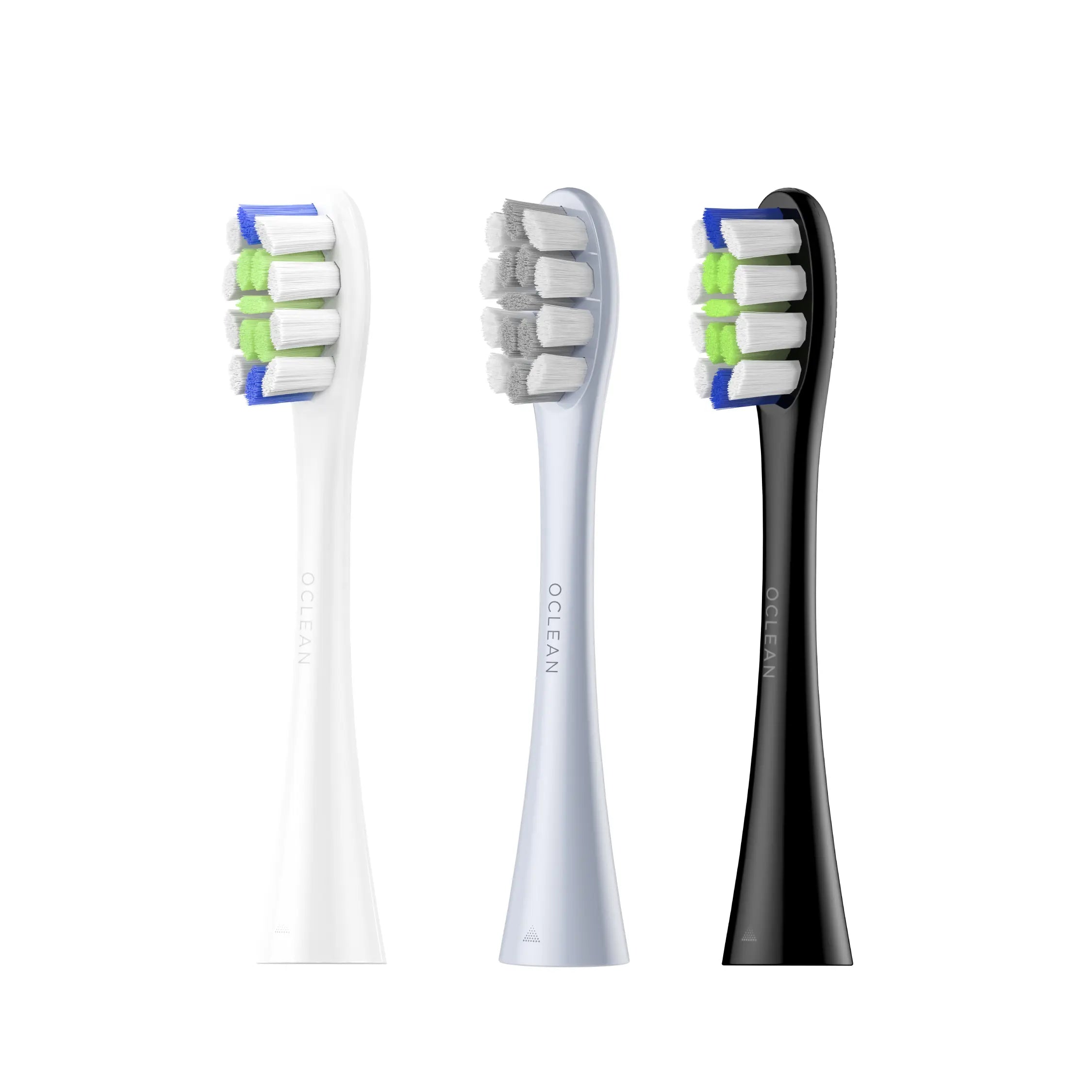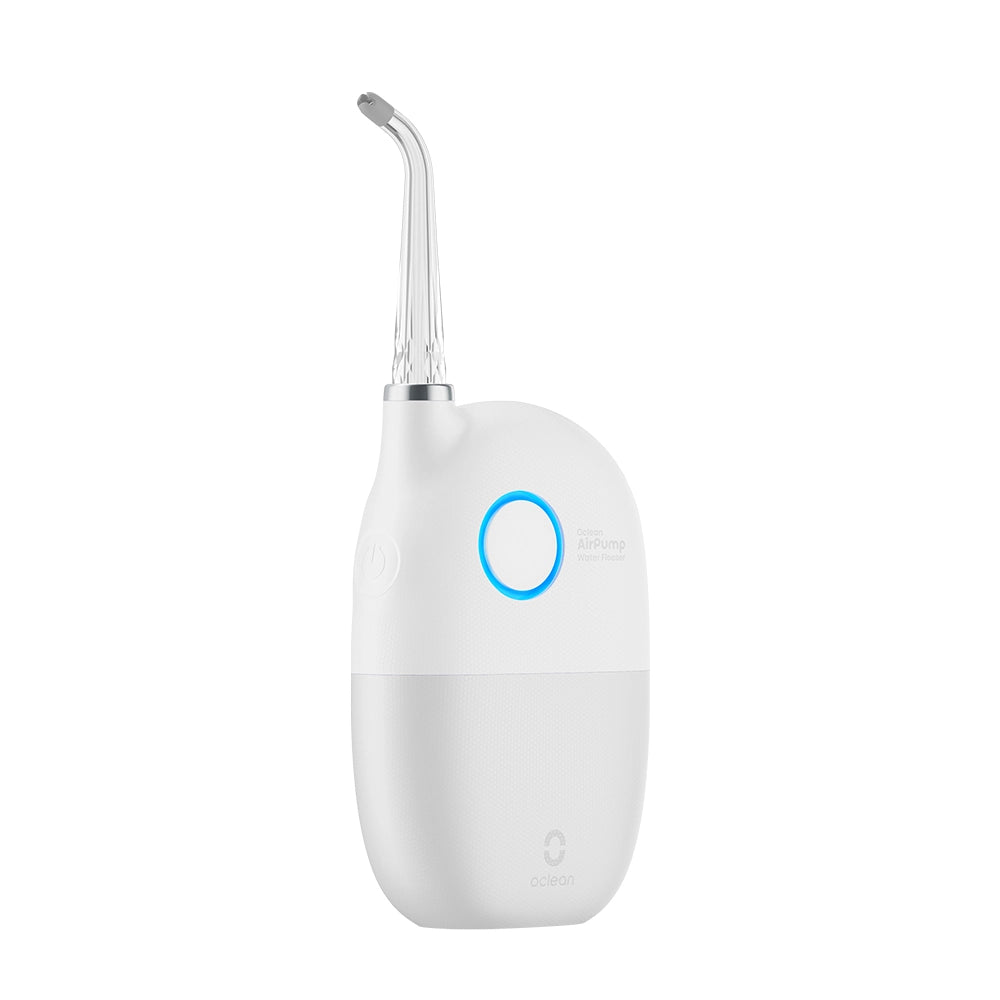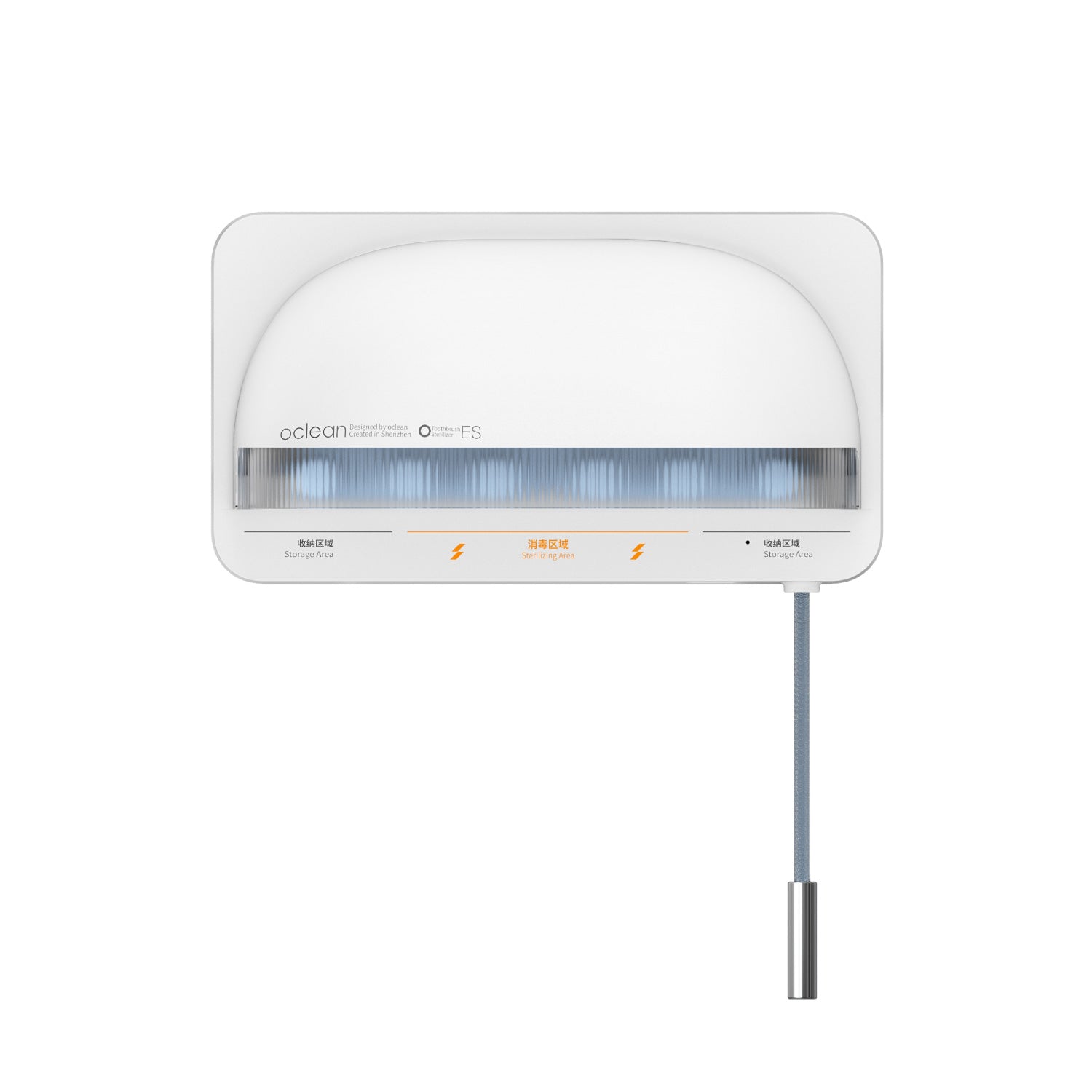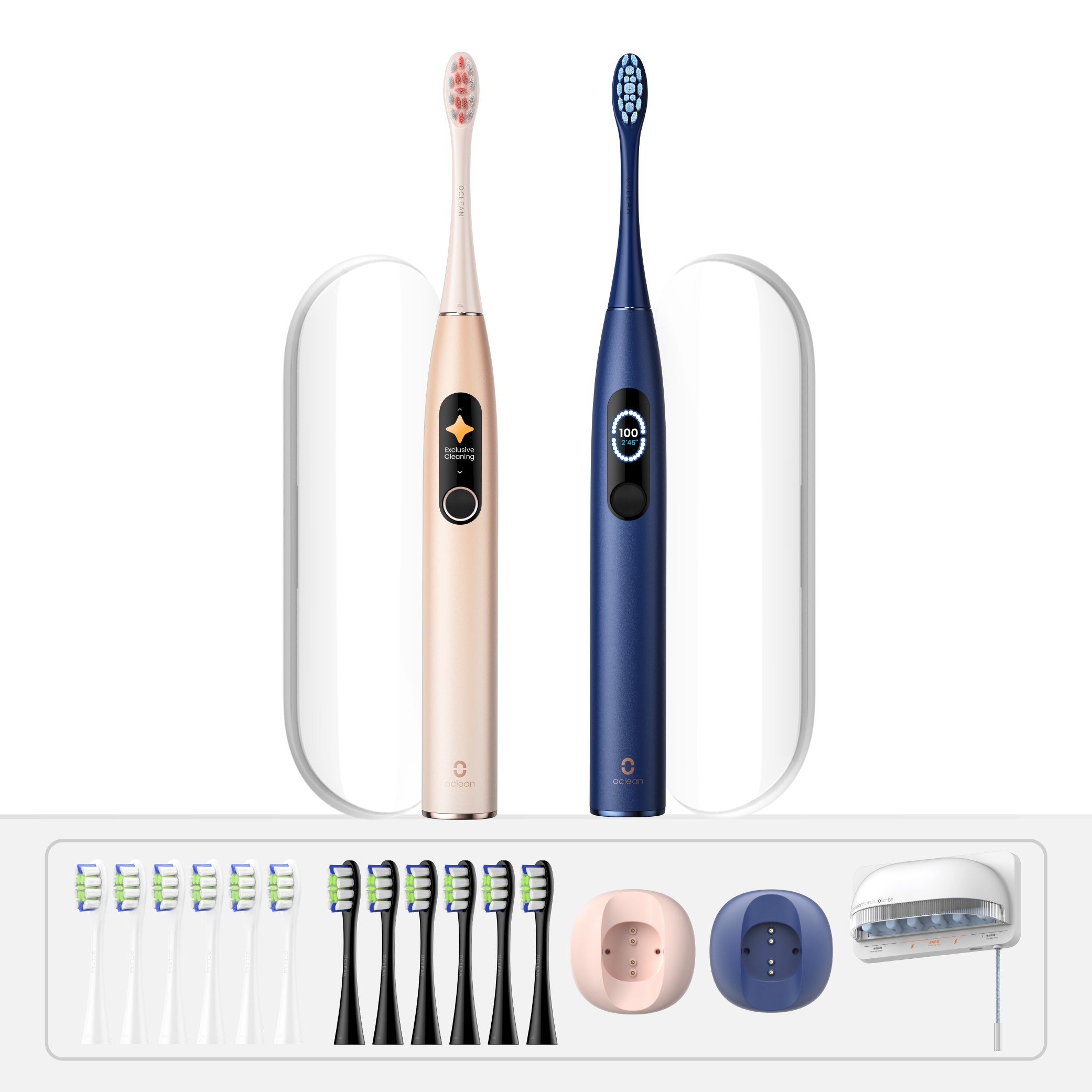Gum recession can feel like a slow burn, but for most, they don’t even know how serious it is until it all changes in their mouth. You brush your teeth, and before you know it, you see more of your tooth, possibly even a bit of root. It is not just a cosmetic concern, it’s a red flag that your gums are waving at you.

So, how far is too far? How far can gums recede before teeth fall out? At what point is gum recession harmful, and when does it get really serious? Let's dive in.
What Is Gum Recession?
Gum recession is when your gum line gradually recedes, exposing more of your teeth, specifically the sensitive roots that lie beneath. You may not notice it initially, which is why it’s common for people not to know it is happening until they experience pain or see their teeth appear longer. [1]
Daily habits like brushing too hard, smoking, gum disease, or just genetics can lead your gums to recede. And while lost gum tissue doesn't regenerate, there are things you can do to prevent further damage and save the tooth you have. The earlier you detect it, the better your chances. [2]
What Does Early Gum Recession Look Like?
They are relatively subtle in the beginning stage. Your teeth may appear slightly longer, and you may see tiny notches at the bottom of a tooth where your gum has begun receding. Your gums may not be sore, just slightly redder in color compared to a pink color, or you may get a tiny amount of blood when you brush.
Another common sign? Being sensitive, in particular, to cold beverages or sweets.
If you look at clinical photos, early recession shows:
-
Uneven gum line
-
Exposed tooth roots (which appear yellower than the remainder of the tooth
-
Spaces that appear between the gums and the teeth
-
Mild redness or inflammation
It is painless in its early form, and that is why it can be easy to overlook unless your dentist catches it during a routine checkup. If not treated, it can develop and lead to severe issues, even tooth loss.
How Far Can Gums Recede Before Teeth Fall Out?
In general, if the gums recede by 5mm or worse, and in combination with bone loss and gum disease, your teeth may fall out. [3] This is because the deeper the pocket spaces in the gums, the larger the areas for bacterial buildup that can damage the tissue and bone that support your teeth.
A very small instrument, a periodontal probe, is employed by dentists in measuring those pockets. Here's a brief rundown:
-
1–3mm: healthy gums
-
4mm: early gum disease
-
5mm or more: advanced gum disease, risk of tooth loss
Now it's not all about aesthetics or sensitivity, your teeth may actually begin shifting, wobbling, or even drop out.
Can Receding Gums Grow Back?
Here's the honest truth: your gum tissue does not grow back on its own once you've lost it. [4] Gum recession is irreversible, but the good news is, there are methods your dentist can use for treatment and preventing further worsening of the recession.
Sometimes, surgical procedures such as gum grafting can restore the missing tissue by harvesting healthy tissue from a different region and placing it in the area that was lost. It isn’t going to be the same as your natural gum, but it provides your teeth with the coverage they require. In the meantime, timely intervention and proper oral hygiene are your best options.
7 Common Causes of Gum Recession
Gum recession does not occur overnight, but is usually the consequence of a combination of several of the following:
1. Brushing Too Hard (or Using a Hard-Bristled Brush)
Many individuals mistakenly believe that harder brushing is better, but when it comes to your gums, tough brushing can be harmful. In the long run, brushing too hard or with a hard toothbrush can erode your gum tissue, particularly on the front teeth.
2. Poor Oral Health
When you don't brush and floss, plaque forms. If you let it remain there for too long, it turns into tartar, a hard, crusty material you can't get rid of in your own home. It inflames and irritates your gums, causing gum disease. [5]
3. Gum Disease (Gingivitis and Periodontitis)
Gum disease begins with gingivitis: red, inflamed, and bleeding gums. Unless treated, this progresses to periodontitis. Your gums become infected and inflamed, and they begin pulling back from your teeth, creating pockets and leaving the roots exposed.
4. Smoking and Tobacco Use
Tobacco restricts blood circulation to your gums, compromises your body's defense system, and provides the ideal conditions for bacterial growth. Smoking makes you several times more likely to get gum disease and have your gums recede.
5. Teeth Grinding (Bruxism) and Clenching
You may not even be aware that you are doing it, particularly during the night, but grinding or clenching your jaw puts considerable pressure on your gums and the bone beneath.
6. Hormonal Changes (Particularly in Women)
Hormones have a greater impact on your gums than you realize. Fluctuations in hormones during puberty, pregnancy, menstruation, or menopause cause gums to be sensitive and prone to inflammation. This enhances the risk of gum problems, including recession.
7. Genetics
Sometimes it just runs in your family. If your parents had receding gums, you might be prone to getting them too, even with proper oral health. Others are just naturally born with slim or weak gums, which tend to recede more.
Signs and Symptoms of Receding Gums
The problem with gum recession is that it usually catches you unguarded. Many people won’t even realize that it’s happening until it is actually quite developed. Hence, being aware of the earlier signs is really what matters.
Here's What to Look Out For
Teeth becoming longer than their normal size
- Sensitivity to heat, cold, or sweetness
- Exposed tooth roots (they appear yellower in color than the top of your tooth)
- Discomfort or pain upon brushing or flossing
- Red, swollen, or inflamed gums
- Bad breath that is persistent
- A "wiggly" sensation, as if your teeth are not securely fixed
- If any of the following are familiar, it's time to consult your dentist.
5 Signs Your Gums Might Be Receding (That You Shouldn’t Ignore)
Pay attention to any of the following changes in your mouth, and consult your dentist for advice before matters worsen:
1. Sudden Tooth Sensitivity That Didn't Exist Previously
Are hot beverages or ice cream causing you to cringe all of a sudden? If your teeth are more sensitive than they have ever been, particularly to heat, cold, or even sweetness, it may be an indicator that gums are starting to recede.
2. Bleeding When Brushing or Flossing
A little pink in the sink is not typical. If your gums are bleeding when you brush or floss, even with a gentle touch, it may be an early signal of gum issues.
3. Teeth Looking Longer Than They Used To
Your teeth have not grown, but as your gums recede, they show more of the tooth. If your smile is slightly "toothy" compared to how it looked earlier, your gums are probably receding.
4. Red or Puffy Gums
Healthy gums are pink and firm. If they are red, sore, or appear swollen, that is most likely an indication of inflammation. And where there’s inflammation, recession of the gums can be on its way.
5. Bad Breath That Doesn’t Go Away
If brushing, flossing, and mouthwash are not curing your bad breath, trapped bacteria in the gumline may be the culprit. Gingivitis, or receding gums, can develop deep pockets where plaque accumulates, causing a persistent taste or odour.
5 Stages of Gum Recession: From Mild Trouble to Tooth Loss
Here is how gum recession usually progresses:
Stage 1: Mild Recession (1 to 2mm)
This is the first of the many, and, frankly, most people don’t even know it is occurring.
You may see a bit of tooth sensitivity or your teeth appearing slightly longer than they were previously. There's not yet serious damage, but this is the ideal time to get in front of the problem with a dental examination and proper oral care.
Stage 2: Moderate Recession (3 to 4mm)
Now, the gum has pulled further back, and everything feels different.
You may observe:
- Increased sensitivity to hot or cold beverages
- Gums looking uneven
- Food sticking with increased ease
At this stage, small spaces can develop between your gums and your teeth, offering an ideal location for bacterial buildup.
Stage 3: Severe Recession (5mm or more)
The tooth root is now fully exposed. Your gums will be sore or inflamed, and your teeth can become slightly "wiggly" or unstable.
Bone loss around the tooth usually starts here, which is serious business. If you don’t get treatment soon, the damage might be permanent.
Stage 4: Severe Periodontitis (Advanced Gum Disease)
This is where the bone tissue that supports your teeth, such as the bone and the connective tissue, is degenerating
You may observe:
- Teeth shifting out of position
- Trouble chewing
- Bad breath or a persistent bad taste in your mouth
- Possible pus or gum abscesses
At this point, professional treatment in the form of deep cleaning or even surgery may be required in order to preserve your teeth.
Stage 5: Tooth Loss and Beyond
If left untreated for too long, teeth become too loose and fall out, or have to be extracted. Periodontal disease has also been associated with other severe health issues, including heart disease, diabetes, and arthritis.
How to Prevent Gum Recession and Tooth Loss
Stopping gum recession begins with understanding what's causing it and then taking the proper steps to save your gums. This is what works:
- Gently brush with a toothbrush with soft bristles
- Floss daily
- Use desensitizing toothpaste
- Stop smoking
- Treat tooth grinding
- Regular cleanings
- Treat underlying gum disease
Best Treatments for Severe Gum Recession
The appropriate course of action relies on how bad the recession is and why it's happening. Let's examine the most common treatments:
Deep Cleaning
This is typically the starting point. It is a deep clean that is below the gum line that removes the plaque responsible for causing the gum disease and recession.
You may also be prescribed antibiotics that kill any remaining bacteria in your gums and prevent infection. The treatment assists your gums in healing and also prevents the worsening of the condition. [6]
Other Non-Surgical Treatments
- Topical antibiotics: They may be applied directly beneath the gums in order to control infection.
- Dental bonding: Your dentist may cover exposed roots with tooth-colored resin. It improves the look of your teeth and reduces their sensitivity.
- Braces: Braces can be of help if crooked or twisted teeth are causing your gums to recede. The gums may recover somewhat on their own when your teeth are properly in place.
Gum Graft Surgery
In severe cases, you might need a gum graft surgery. This involves taking healthy tissue (usually from the roof of your mouth) and attaching it where the gum has worn away. [7]
This protects the exposed root and tooth. This is done by a gum specialist (a periodontist). It seems daunting, but the process is actually pretty simple, and recovery is easier with current methods compared to what most people anticipate.
Choosing the Right Treatment
Your dentist will examine your gums and teeth and advise you on the best course of action depending on how far the recession has progressed. If you act promptly, you are less likely to end up with larger issues such as tooth loss.
When to See a Dentist
When your teeth appear longer, you experience sensitivity during brush time, or you observe your gums receding, it is time for a visit to the dentist. Don’t let pain or loose teeth set in; see your dentist early, and save your smile.
Check-ups on a regular basis prevent gum recession from becoming serious. If something does not seem quite right, listen to your instincts and have it examined. Prevention is ever better (and less expensive) than a cure.
The Bottom Line
Gum recession may begin quietly but can develop into serious issues such as tooth sensitivity, pain, and even tooth loss if left unchecked. Early knowledge of the signs and reasons provides you with an edge in maintaining your smile. Brush softly, visit your dentist on a regular basis, and do not delay in treating any signs.
For added care, using a high-quality sonic toothbrush like Oclean X Pro Elite can make a big difference in keeping your gums healthy and your teeth strong. A bit of effort now pays big in terms of retaining your natural teeth for a lifetime.
Reference
Marks, Hedy. “Receding Gums: Causes, Treatment, Surgery, and Prevention.” WebMD, 8 Oct. 2023, www.webmd.com/oral-health/receding_gums_causes-treatments.
Jati, Ana Suzy, et al. “Gingival Recession: Its Causes and Types, and the Importance of Orthodontic Treatment.” Dental Press Journal of Orthodontics, vol. 21, no. 3, June 2016, pp. 18–29, www.ncbi.nlm.nih.gov/pmc/articles/PMC4944726/, https://doi.org/10.1590/2177-6709.21.3.018-029.oin.
Dentist, Buford. “How Far Can Gums Recede before Teeth Fall Out? A Complete Guide - Buford Dentist.” Buford Dentist, 6 Mar. 2025, buforddentist.com/how-far-can-gums-recede-before-teeth-fall-out/.
Christiano, Donna. “The Truth about Receding Gums.” Healthline, Healthline Media, 14 June 2023, www.healthline.com/health/receding-gums-grow-back.
Mythri, Sarpangala, et al. “Etiology and Occurrence of Gingival Recession - an Epidemiological Study.” Journal of Indian Society of Periodontology, vol. 19, no. 6, 2015, p. 671, https://doi.org/10.4103/0972-124x.156881.
Imber, Jean-Claude, and Adrian Kasaj. “Treatment of Gingival Recession: When and How?” International Dental Journal, vol. 71, no. 3, June 2021, pp. 178–187, https://doi.org/10.1111/idj.12617.
“Gum Graft Surgery: What It Is, Procedure & Recovery.” Cleveland Clinic, my.clevelandclinic.org/health/treatments/23504-gum-graft-surgery.
Table of Contents








